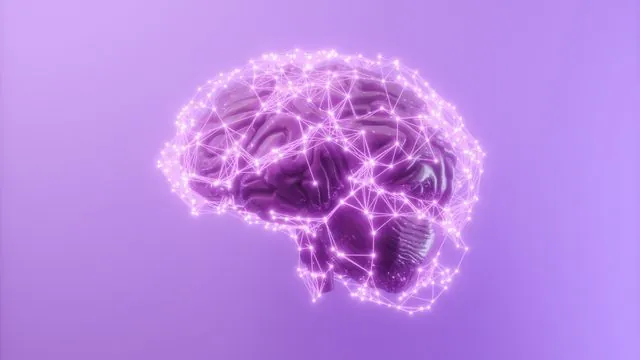
Revolutionary Mapping Technique Unlocks Secrets of the Brain's Complex Functions
2024-12-09
Author: Emma
Introduction
In a groundbreaking development, researchers at the University of Birmingham have introduced a sophisticated mapping technique that decodes the interactions between various regions of the human brain. Traditional models have primarily focused on pairwise interactions, but this innovative approach goes further by capturing the intricate relationships among multiple brain regions—an advancement that promises to reshape our understanding of brain function.
Research Highlights
The research, recently published in *Nature Communications*, highlights the inadequacy of older models, which have failed to account for the networked nature of brain activity. Lead researcher Dr. Enrico Amico emphasized, “Complex systems like the brain depend on interactions between groups of regions, not just between pairs of regions. Although we know—in theory—that this is the case, until now we have not had the processing power required to model this.”
Methodology
The study leveraged data from functional magnetic resonance imaging (fMRI) scans obtained through the Human Connectome Project, a large-scale initiative aimed at mapping the brain's structure and its correlation with function and behavior. By utilizing advanced statistical methods, the researchers were able to refine the 'noisy' estimates of neural activity derived from these scans, leading to more precise models of brain interactions.
Experiment Details
In a meticulous experiment involving 100 unrelated subjects from the project’s databank, the researchers devised detailed models of higher-order brain interactions. Their findings were tested across three pivotal areas:
1. Task Recognition
The team was able to identify specific tasks that individuals were performing while undergoing fMRI scans, showcasing the model's practical applicability in real-world scenarios.
2. Unique Brain Fingerprinting
They discovered that individual brain signals could serve as unique biometric identifiers, allowing researchers to accurately distinguish one person from another based solely on their brain activity.
3. Behavioral Association
The research highlighted the ability to differentiate higher-order signals—those linked to complex cognitive functions—from lower-order signals, linking these distinctions to various behavioral traits of the subjects.
Future Implications
Dr. Andrea Santoro from the CENTAI Institute, the paper’s first author, remarked on the method’s potential, stating, “Our approach, validated using data from healthy individuals, demonstrates substantial advantages for neuroscience research. In the future, this method could also be pivotal in modeling brain interactions in individuals with neurodegenerative diseases, such as Alzheimer’s. It could provide valuable insights into how brain function deteriorates over time and may even aid in identifying preclinical symptoms of these conditions.”
Conclusion
This cutting-edge research not only opens pathways for understanding the fundamental workings of the human brain but also sets the stage for future explorations into brain health, mental disorders, and cognitive decline. As neuroscience moves forward, this innovative mapping technique might just be the key to unraveling the most complex and vital organ in our bodies—offering hope for breakthroughs that could revolutionize mental health treatment and diagnostics!









 Brasil (PT)
Brasil (PT)
 Canada (EN)
Canada (EN)
 Chile (ES)
Chile (ES)
 España (ES)
España (ES)
 France (FR)
France (FR)
 Hong Kong (EN)
Hong Kong (EN)
 Italia (IT)
Italia (IT)
 日本 (JA)
日本 (JA)
 Magyarország (HU)
Magyarország (HU)
 Norge (NO)
Norge (NO)
 Polska (PL)
Polska (PL)
 Schweiz (DE)
Schweiz (DE)
 Singapore (EN)
Singapore (EN)
 Sverige (SV)
Sverige (SV)
 Suomi (FI)
Suomi (FI)
 Türkiye (TR)
Türkiye (TR)